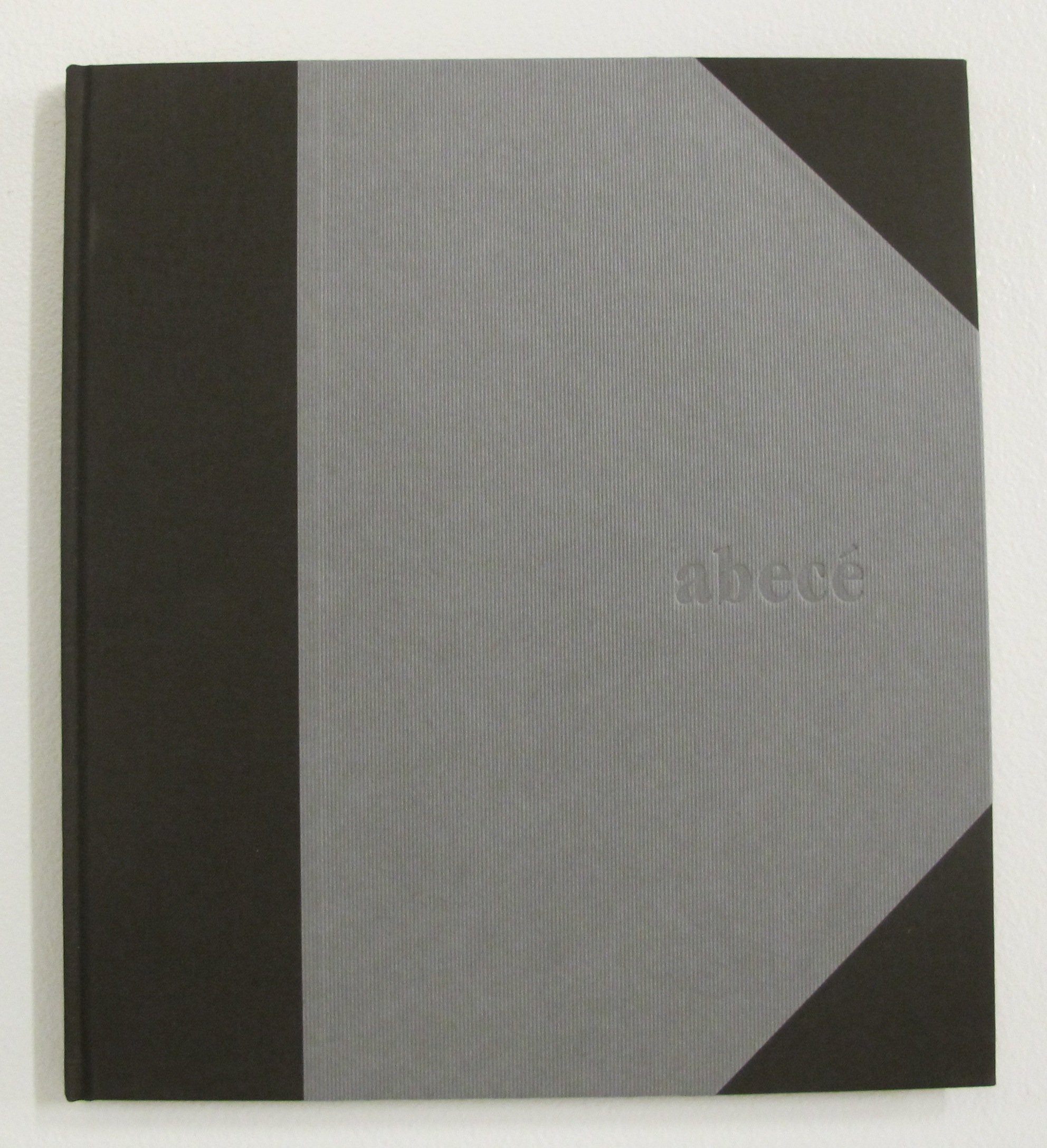El mar y sus múltiples afluentes
2018 - Painting (Painting)
45.72 x 599.44 cm
Adriana Bustos
El mar y sus múltiples afluentes (The Sea and its Multiple Tributaries) builds on the concept of trafficking that Adriana Bustos has been exploring over the last decade. The piece represents an apocryphal river and illustrates the routes of the slave trade between the coasts of Africa, Europe, and South America, departing from the Congo River (once called Zaira), and arriving at Río de la Plata, the main river in Buenos Aires that divides Argentina from Uruguay. The work collapses time and space, placing the coasts of colonial empires across the colonies where slaves were taken.
Adriana Bustos creates a narrative discourse through installation, video, photography and drawing, in which her reflections on prevailing social, political or religious oppression appear in non-linear interpretations of history. The investigative and documentary nature of her work challenges so-called historical facts by drawing from ideas taken up in areas of anthropology, science, popular culture, fiction, biographical writings and history itself, and juxtaposing them within representational systems.
Colors:
Related artist(s) to: Adriana Bustos » Anna Bella Geiger, » Gilda Mantilla, » Johanna Calle, » Juan Downey, » Leandro Katz, » Minerva Cuevas, » Raimond Chaves, » Adriano Pedrosa, » Agnes Denes, » Allan Sekula

© » KADIST
Johanna Calle
2011Johanna Calle’s Abece “K” (2011) is part of a series of drawings (compiled into an artist book called Abece ) based on the alphabet...

© » KADIST
Minerva Cuevas
2006During her research on primitive currencies and cultural cannibalism, Cuevas came across the Donald Duck comic book issue “The Stone Money Mystery,” where Donald goes on a quest to find missing museum objects...

© » KADIST
Allan Sekula
1973San Pedro is a seaside city, part of the Los Angeles Harbor, sitting on the edge of a channel...

© » KADIST
Johanna Calle
2003Calle’s drawings all inhabit received forms but alter them to call attention to specific qualities...
